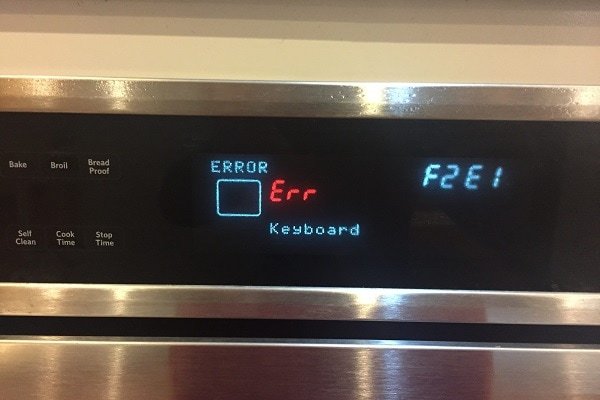
When your Whirlpool microwave displays an E3 error, it’s essentially waving a little red flag signaling something isn’t quite right internally. Imagine it as your microwave’s way of saying, “Hey, hold up, something’s off here!” But before you panic, let’s explore what this error means. The E3 code often relates to an issue with the microwave’s sensor or control panel—sort of like if your computer’s mouse isn’t talking to your PC correctly. This miscommunication within the microwave needs addressing to ensure your appliance gets back to heating up your meals efficiently.
Understanding the Role of Sensors in Your Microwave
Microwaves today aren’t just boxes that zap your food with waves. They’re smart devices equipped with sensors to ensure food is cooked just right. So, what exactly do these sensors do? Think of them like a thermostat in your home, constantly checking the temperature and making sure everything is perfect. They not only detect the humidity and temperature inside the microwave but also adjust the cooking time automatically.
Now, if a sensor isn’t working well, it’s akin to having a thermostat that’s lost its mind—your microwave can’t figure out if your soup is piping hot or stone cold! It’s this confusion in the sensor’s feedback that can trigger that dreaded E3 error. In many cases, it indicates an issue with the sensor not communicating properly with the control board.
To solve this, you can try resetting your microwave by unplugging it for a few minutes—consider it a reboot for your microwave’s brain. If the problem persists, however, it might require a deeper dive from a professional technician. An expert can determine if the sensor needs replacing or if there’s a more subtle underlying issue.
Control Panel and Wiring Issues
Another common culprit for the E3 error code is the control panel or its wiring. The control panel is the command center of your microwave, like the cockpit of an airplane, and it’s responsible for receiving input and executing the marching orders—whether you’re defrosting chicken or popping popcorn. If there’s a glitch in the wiring or the connections are loose, it can cause the system to misfire and show an E3 error.
Picture this: It’s as if you’re trying to play a video game, but the controller isn’t plugged in properly. Frustrating, right? The buttons won’t respond, and neither will your microwave. The wiring connections sometimes come loose due to vibrations from regular use or if something internal is amiss.
In such a case, checking the wiring for loose connections or damages could help. This task can be technical, and safety is paramount, so consulting with a professional might be the best move here. They can ensure everything’s plugged in where it should be, and if the control panel itself is faulty, they can advise on repairs or replacements.
Preventative Measures and Maintenance Tips
So, how can you keep that E3 error at bay? Well, regular maintenance and a little TLC can go a long way in ensuring your microwave runs smoothly. Start by keeping your microwave clean. It might sound simple, but dirt, grease, and food particles can interfere with its components, just like how dust might clog your computer’s fans. Regularly wiping down the interior and exterior ensures sensors and panels remain in good condition.
Additionally, try not to slam the microwave door. The delicate wiring and sensors can become dislodged with too much force—think of it like slamming your laptop shut; it’s bound to cause some trouble over time. When you treat your microwave gently, you’re less likely to face those pesky error codes.
Lastly, be mindful of any unusual sounds or behaviors. Is the microwave making strange noises, or is the display acting up? These could be early warning signs that something’s going off course, much like when your car starts making an odd noise before a breakdown. Addressing these signals promptly is key to preventing bigger issues down the road.
Remember, if troubleshooting at home doesn’t resolve the error, reaching out to a professional is your safest bet. They’ll ensure your microwave is back in top condition, ready to tackle all your culinary creations!